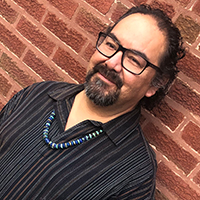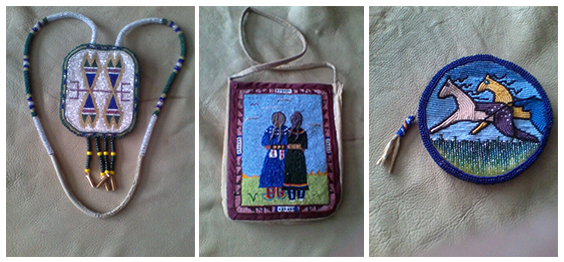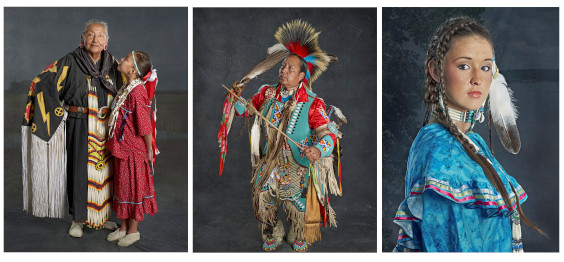ISSUES FACING NATIVE AMERICANS IN ILLINOIS
1. Wearing Native American Regalia at Events
A community member was denied receiving his high school diploma because he was wearing an Eagle Feather and had beading on his mortarboard cap
Working with Senators Suzy Glowiak Hilton and Laura Fine and Representative Maurice West to introduce legislation to allow wearing items of religious and cultural significance
2. Native American Curriculum
Working with Representative Maurice West and Illinois State Board of Education to introduce legislation to:
- Mandate curriculum for Native American history to be taught K-12
- Form a Task Force to audit current teaching and practices in schools and issue report
- Form a Native American Council to work with ISBE and all IL school boards regarding American Indian history resources, content, professional development, etc.
3. Native American Mascots
Eliminate all Native American school mascots in Illinois – K-12 and colleges
4. Indian Child Welfare Act (ICWA)
With the potential for ICWA to be ruled unconstitutional by the US Supreme Court, state laws must be passed to save Native American adoptees in Illinois. This has been done in other states.
5. Indigenous Peoples Day
Recognition of Indigenous People’s Day/ replacement of Columbus Day within Illinois State law
6. Urban Indian Funding – Ensure the health and well-being of American Indians and Alaska Natives (AI/AN) residing in urban communities
- Today, approximately seven out of ten AI/AN people reside in urban cities as a direct result of the federal government’s assimilation policies as well as the efforts of tribal members seeking out education and employment opportunities in urban areas.
- Despite the excellent efforts of Urban Indian Organizations (UIOs) to provide critical healthcare, housing, employment, and other services, urban AI/AN populations nevertheless continue to be left out of many federal initiatives, therefore,
- Funding is requested to ensure that urban AI/ANs receive “quality health care, culturally relevant education, adequate and affordable housing, and other needed resources”.
Other Areas:
- Land Acknowledgement
- Boarding Schools
- Employment
- Economic Development
- Monuments
- Return of Tribal Nation Land
Frequently Asked Questions
Why are there no federal or state recognized tribal nations in Illinois?
How many Illinois tribal nations were there and what were their names?
How many Native Americans reside in Illinois today?
If almost all Native Americans were eradicated from Illinois, why do we have one of the nation’s largest and most diverse Urban Indian populations?
In the 1950s, the United States came up with a plan to solve what it called the “Indian Problem.” It would assimilate Native Americans by moving them to cities (such as Chicago) and eliminate reservations. These Congressional actions are referred to as “Relocation” and “Termination” within the American Indian population.
- The 1952 Urban Indian Relocation Program persuaded Native Americans to leave the reservation and pursue economic opportunities and lives in large urban areas such as Chicago. They were lured by the hope of a better life, but for many, that promise was not realized. As a result, approximately 80% of Native Americans live in an urban environment today.
- With the House Concurrent Resolution 108 of 1953, Congress introduced its official federal policy of termination. With this resolution, the federal government made known that it intended to unilaterally abrogate treaties and end the Federal Trust Responsibility with all Native nations as quickly as possible. Several large nations, including the Menominee and the Klamath were terminated, which eliminated all treaty provisions, rights and responsibilities, any rights to land, hunting and fishing, along with health care and educational programs, and police and fire fighting services.
These actions were eventually overturned in the late 1960’s and early 1970’s ushering in a policy of tribal self-determination. The 20-year campaign failed to erase Native Americans, but its effects on Indian Country are still felt today.
What programs are in place today to serve and support Native Americans living in Illinois?
The Chicago American Indian Community Collaborative (CAICC) was established in 2012. CAICC consists of 17 American Indian organizations located in Illinois whose members include thousands of Native Americans living in this state. Programs and services offered include cultural facilities, social services, economic development, affordable housing, employment, healthcare, education, museums, arts, research and youth programs to name a few.
Please refer to their website at: https://chicagoaicc.com/
































